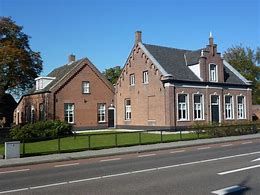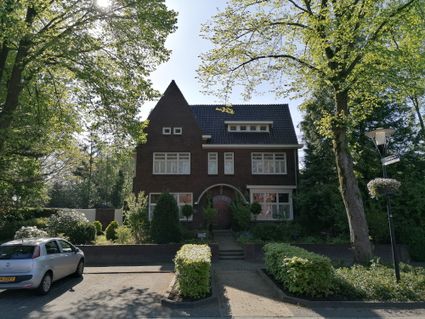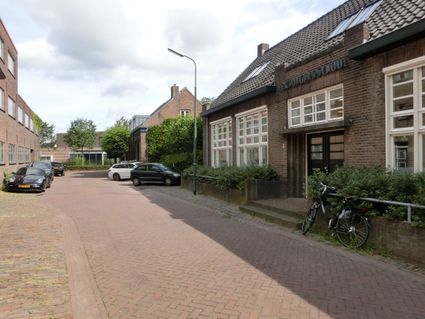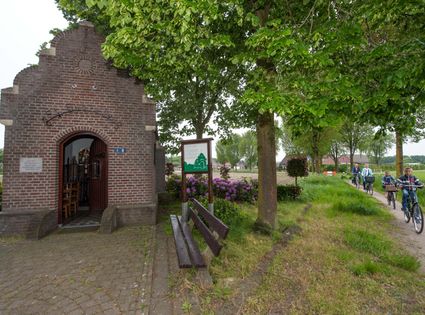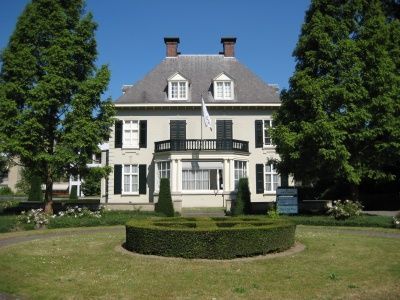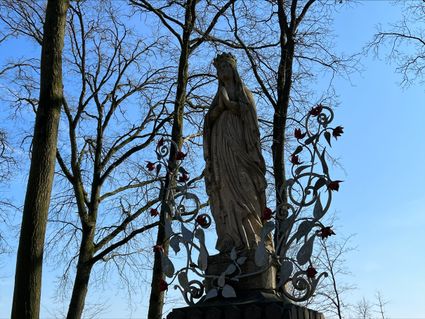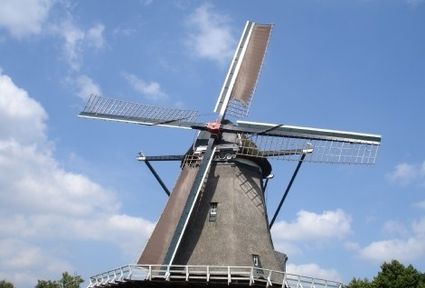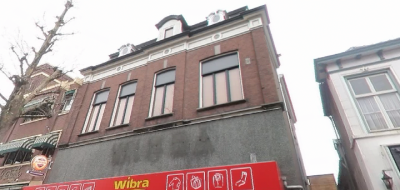Housing block
The complex consists of a main house, flanked by two set-back service dwellings. The houses are located on Klokkengieterstraat, in the extension of Dorpsstraat near the Zuid-Willemsvaart.
Cluster of three adjoining houses, built in brick. The middle house, number 9, is a one-storey building on a rectan…
The complex consists of a main house, flanked by two set-back service dwellings. The houses are located on Klokkengieterstraat, in the extension of Dorpsstraat near the Zuid-Willemsvaart.
Cluster of three adjoining houses, built in brick. The middle house, number 9, is a one-storey building on a rectangular plan under a saddle roof. This house is five bays wide with a central risaliet and corner lobes, the risaliet is crowned by a stepped gable with decorative vases. The roof, whose ridge runs parallel to the street, is covered with cross tiles. The front facade has a plastered plinth and is crowned by a plastered moulding and guttering. The side walls have an arched frieze that runs around the gable end. The arched T-windows and the door are placed in plastered frames with scrolls. The skylights are filled with stained-glass windows in geometric patterns. Numbers 7 and 11 are located on either side and are mirror images of each other. These houses on a rectangular floor plan have a saddleback roof with the ridge at right angles to the street. The roofs are covered with Dutch tiles.
The fronts have a plastered plinth and a cornice between corner lintels. On the end walls, a moulding runs around the gable end. The houses have six-pane sash windows (one of which on the end wall of Number 7 has been replaced by a door) and clerestory doors. Elements of the original layout and furnishings have been preserved in the interior of Number 9. The central corridor has a marble floor. On either side of this are rooms with stucco ceilings, in the room to the right of the entrance with decorative work. A later extension was added at the rear. The skylight of the passage still contains the original stained glass. The windows on the inside are fitted with wooden panel shutters; furthermore, there are still some panel doors in the house.
The triple house is of general importance. The building is of cultural-historical importance as an example of the socio-economic development of the industry and as an example of the typological development of the manufacturer's house. It is of architectural-historical importance because of its sober style. The building is also important because of the integrity of the exterior. It is rare because of its design and composition.

